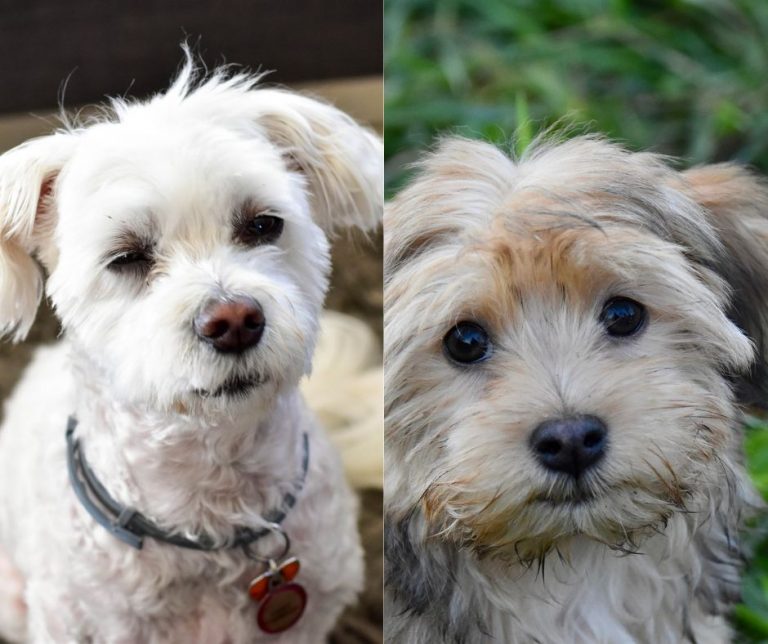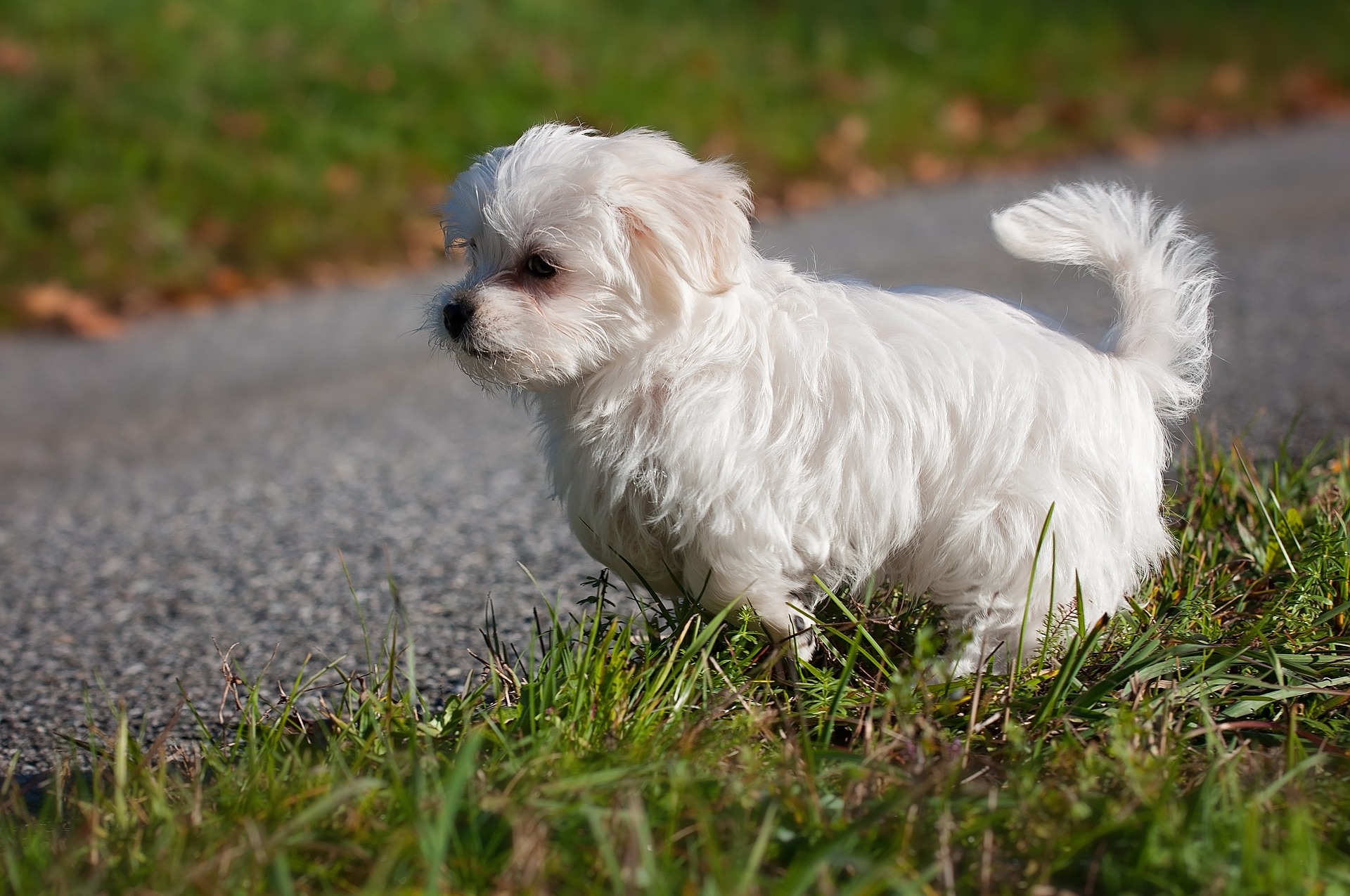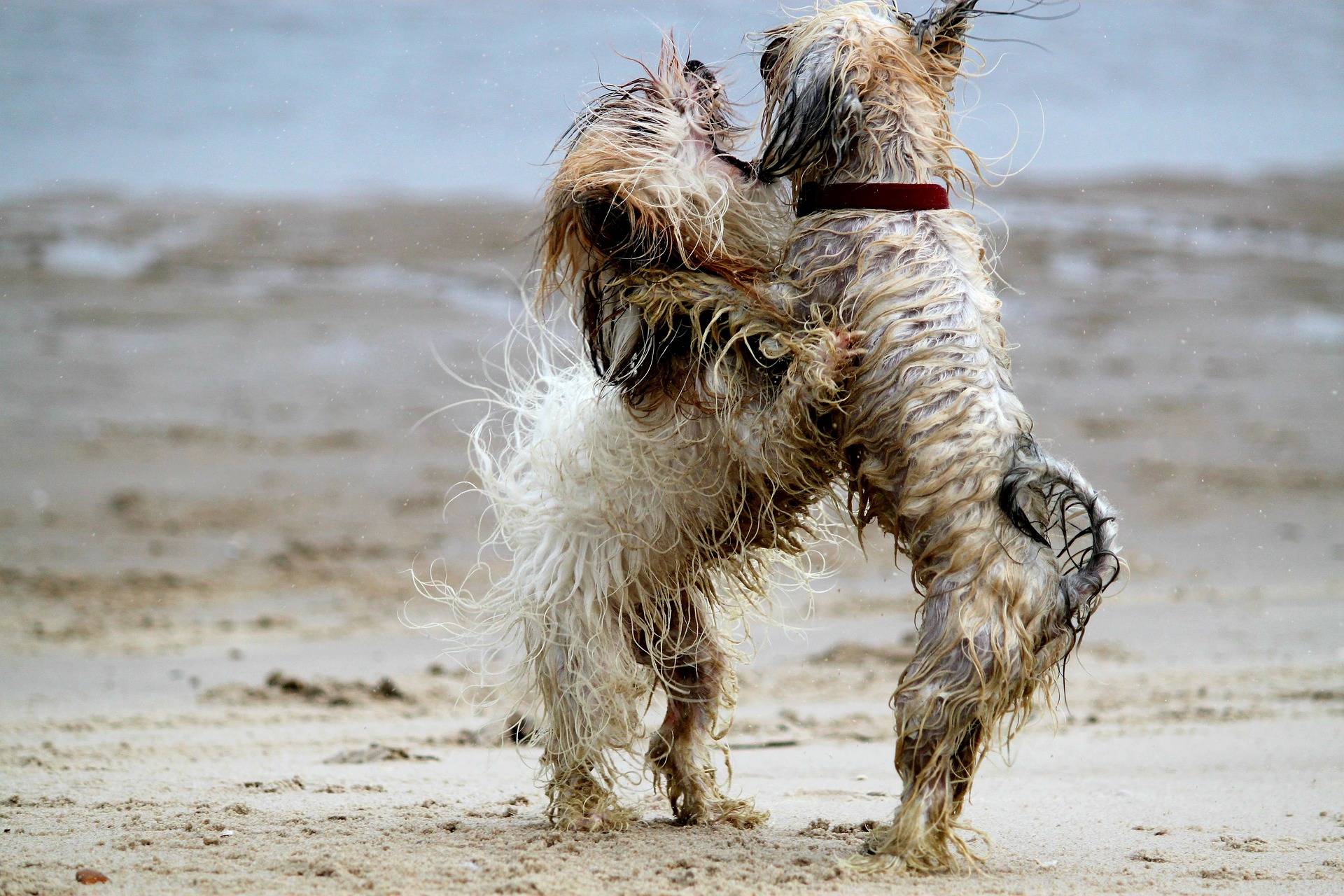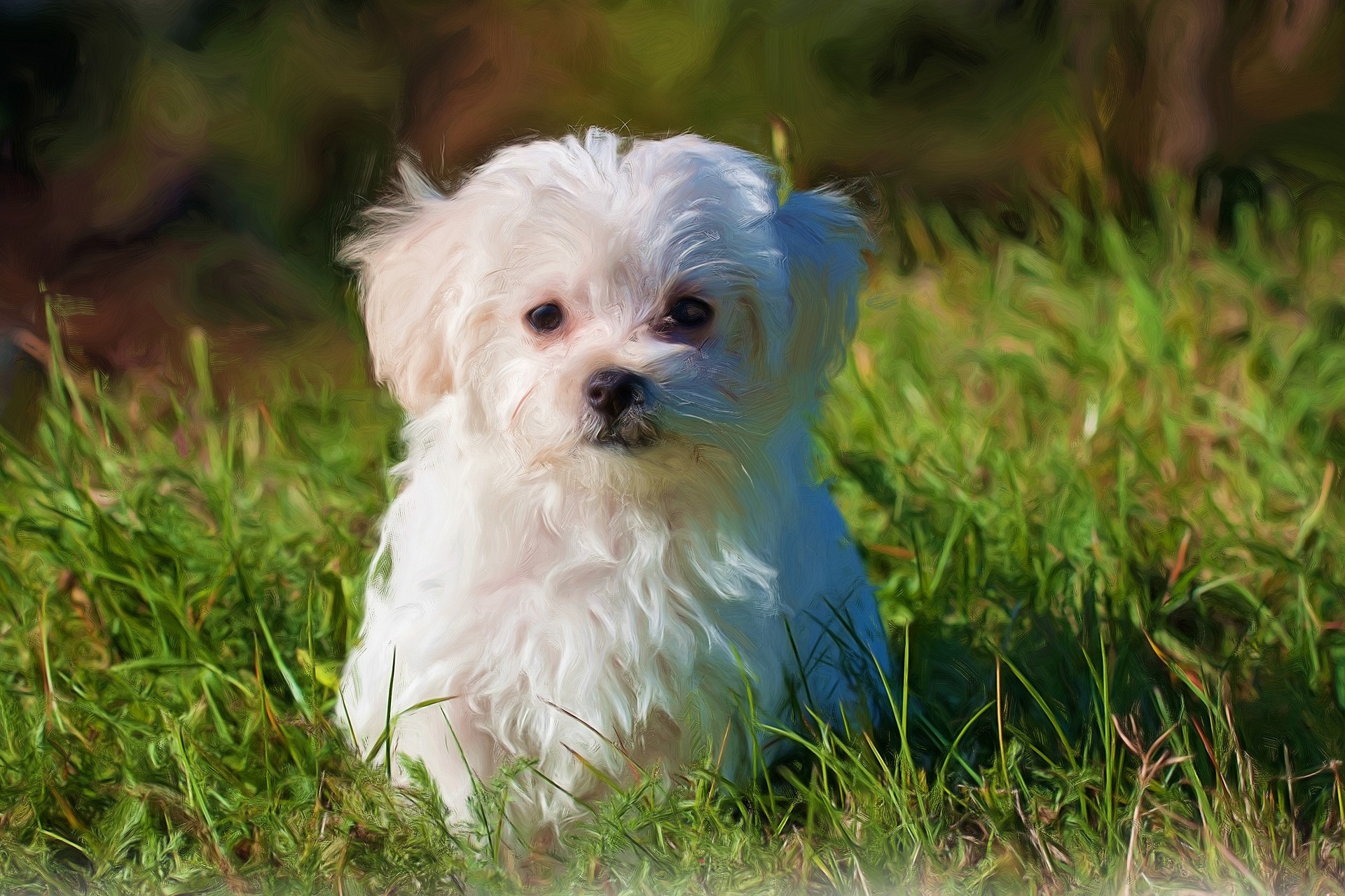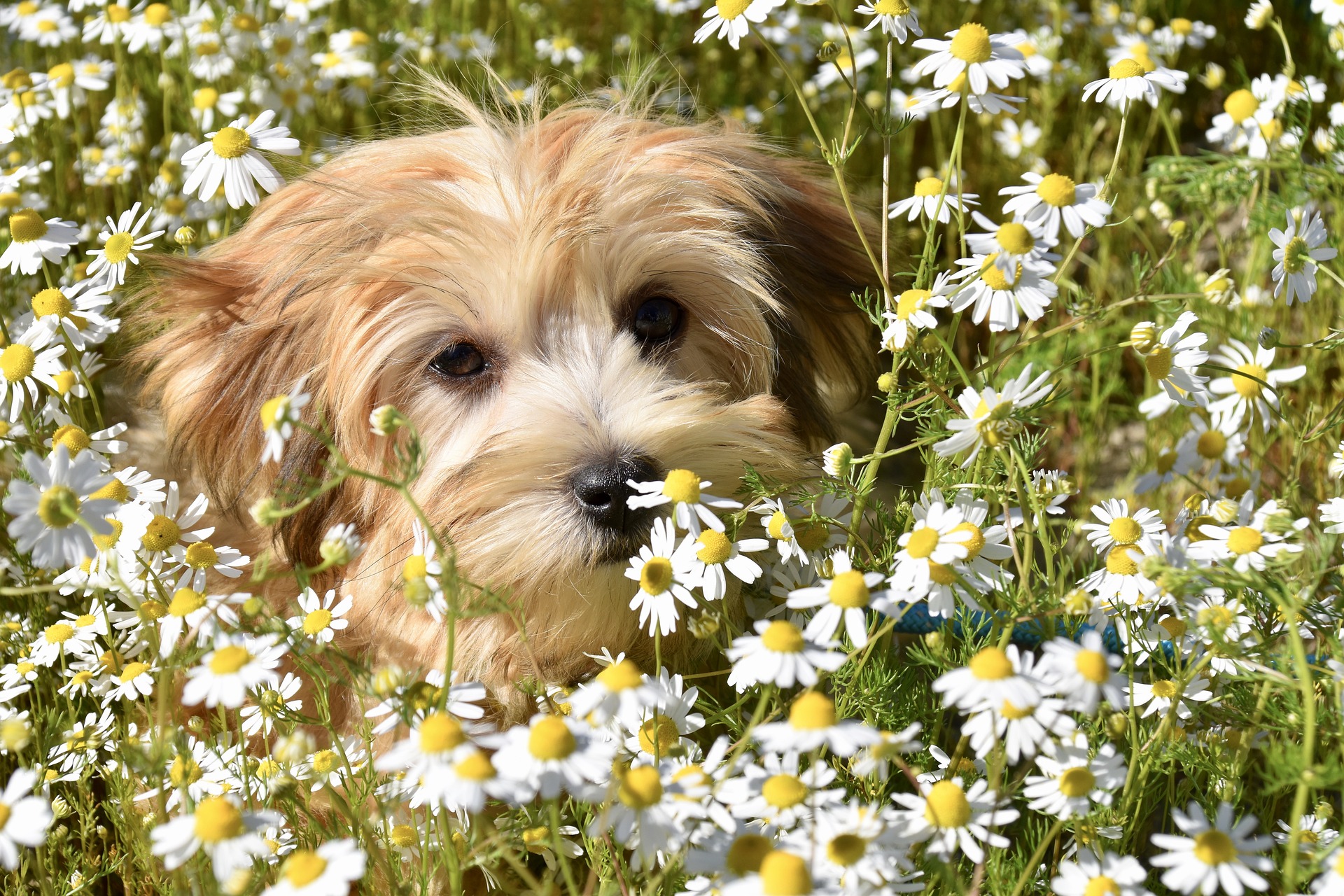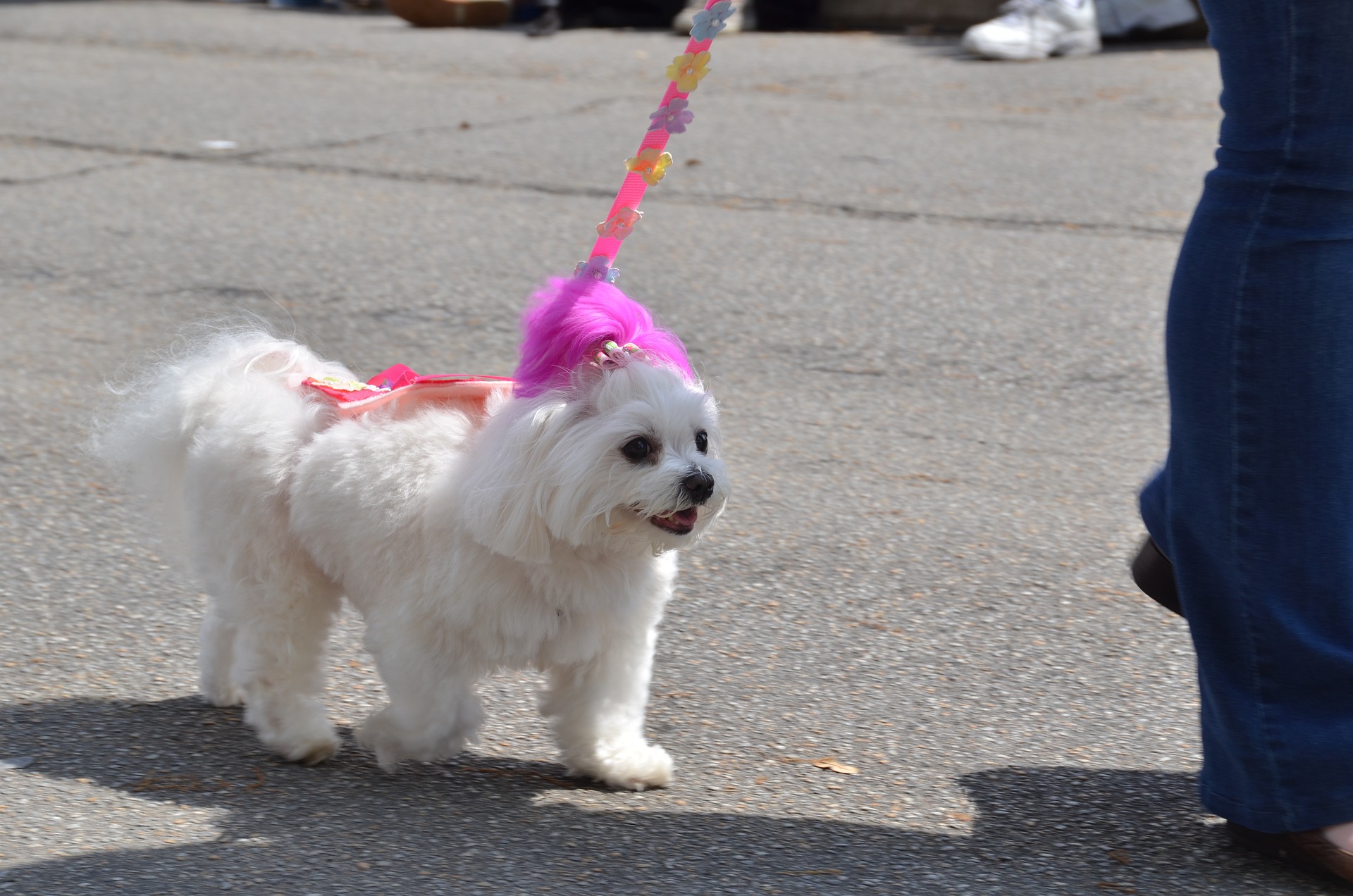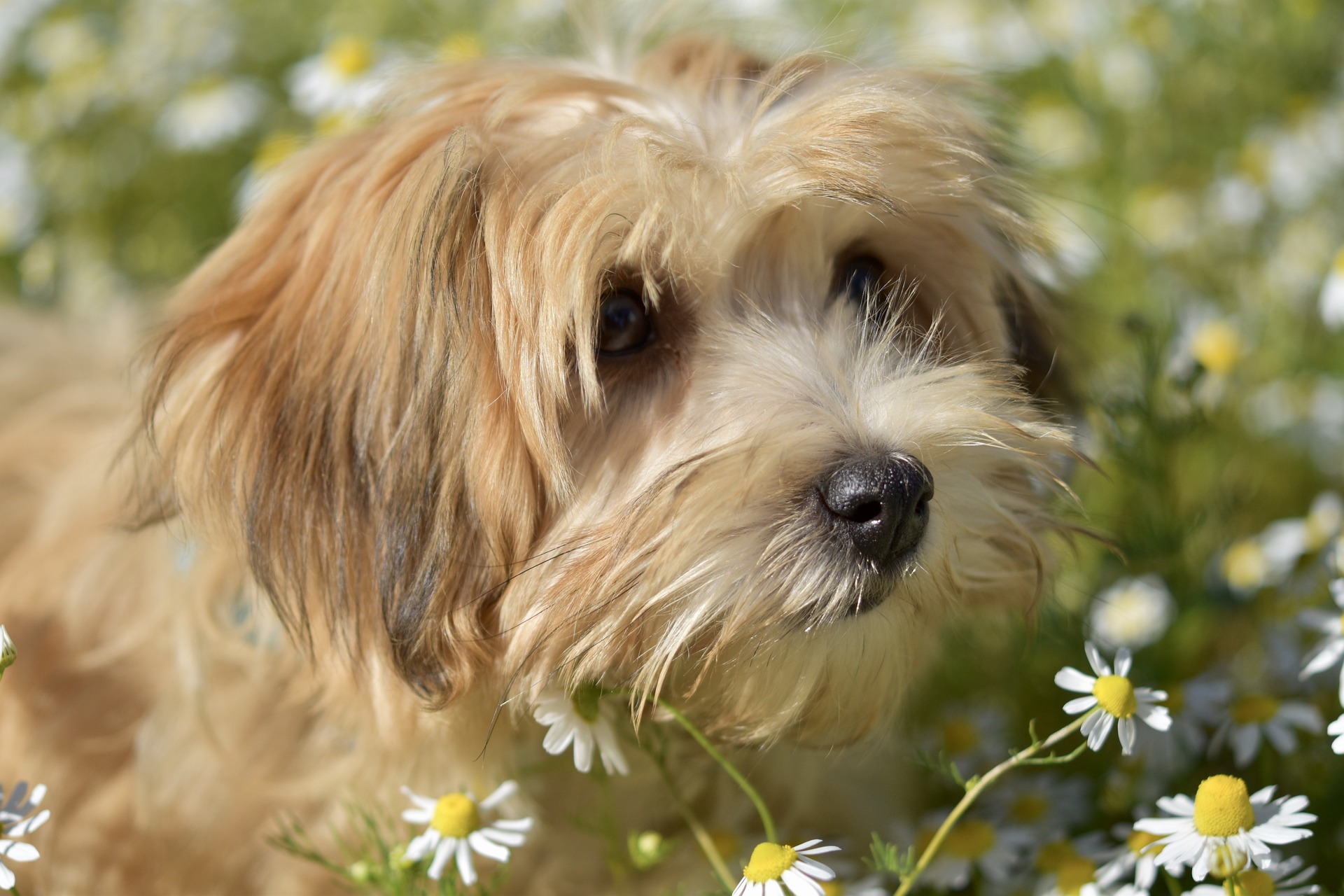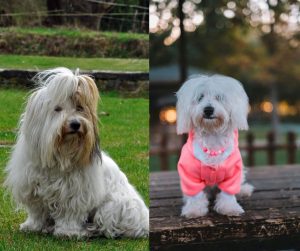When it comes to choosing a small dog breed for companionship, the Havanese and Maltese often stand out as top contenders. Both breeds share a reputation for their affectionate nature, adaptability to various living environments, and their status as excellent pets for families and individuals alike.
Despite their similar size and charming personalities, there are distinct differences that potential pet owners should consider.
The Havanese, originally from Cuba, and the Maltese, with roots traced back to ancient Mediterranean civilizations, both carry a rich history that has endeared them to dog lovers for centuries.
Their physical characteristics, while seemingly similar, have nuances such as coat type and body size that set them apart.
The silky, straight hair of the Maltese contrasts with the Havanese’s potentially curly or wavy fur. Beyond aesthetics, their health, lifespan, and the care they require, including grooming needs and exercise levels, also differ and can influence a pet owner’s decision.
When welcoming a new four-legged member into the home, assessing attributes like personality, training ease, and the breed’s overall needs is crucial for a harmonious match.
Both Havanese and Maltese are known for their intelligence and eagerness to please, which can lead to rewarding training experiences.
A careful consideration of each breed’s traits ensures a pet that not only fits into one’s lifestyle but also thrives as a beloved companion. So, let’s take a look at the Havanese vs Maltese dog breed comparison.
Key Takeaways
- Havanese and Maltese are affectionate breeds ideal for different home environments
- They have distinct physical characteristics such as coat type and potential size variance
- Prospective owners should consider personality, lifespan, and grooming needs when choosing between the two
Origins and History
When unravelling the past of the Havanese and Maltese breeds, one embarks on a journey through times and lands—tracing back to ancient traders and aristocratic laps. Both breeds boast a nobility that’s etched deep in their history, originating from distinct cultures that have cherished and nurtured them for centuries.
Havanese History
The Havanese, with its luxurious, silky coat and warm, expressive eyes, can trace its roots to the warmth of Cuba—specifically, the city of Havana. Known to bring joy and companionship, they’re an affectionate and intelligent breed.
They belong to the Bichon family of dogs, a lineage that includes the Bichon Frise and, interestingly enough, the Maltese. The Havanese once warmed the laps of Cuban nobility, and their history is as vibrant as the streets of their namesake city, Havana. They are also in the group with the Coton de Tulear and Shih Tzu.
In the United States, hypoallergenic the breed’s preservation was championed by enthusiasts like Dorothy Goodale, particularly in the last quarter of the 20th century, when the American Kennel Club began to take notice of these charming dogs.
Maltese History
The Maltese have a storied past that makes them equally fascinating. This small breed with its iconic white coat has been turning heads since before the rise of Rome, with a history entangled with the Mediterranean island of Malta.
Ancient sailors, the Phoenicians, are believed to have introduced the Maltese to Malta. Yet, their origin story also weaves through other historical tapestries, including Egypt and possibly the Alps.
Over the centuries, the Maltese has enjoyed the adoration of royalty across continents, as suggested by the American Kennel Club, cementing their status as a breed of high regard and opulence.
Physical Characteristics
When choosing between a Havanese and a Maltese, it’s worth noting their charming attributes that might just win your heart. From their adorable sizes to their soft coats, these breeds carry unique traits that will captivate any dog lover.
Size and Weight
Havanese:
- Size: Small
- Weight: 7-13 pounds
Maltese:
- Size: Small
- Weight: 4-7 pounds
Both breeds are small and easy to scoop up for a cuddle, but the Havanese is typically a bit heavier than the dainty Maltese.
Coat and Color
Havanese:
- Coat: Long, can be silky or wavy, sometimes curly; double coat
- Colors: Variety, including cream, gold, white, silver, blue, and black
Maltese:
- Coat: Long, straight, and silky; single coat
- Colors: White
While both have stunning fur, the Havanese boasts a double coat which might require more grooming. They’re known for a wider range of coat colors, while the Maltese’s hypoallergenic, pure white coat is iconic.
Ear and Eye Health
Havanese and Maltese:
- Both breeds have floppy ears which can be prone to infections if not cleaned regularly
- They tend to have expressive brown eyes, though this can vary, contributing to their affectionate appearance
Regular checks are vital to maintaining the health of these sensitive areas. While these breeds are generally healthy, potential owners should be aware of these particular needs to keep their furry friend happy.
Personality and Temperament
Choosing between a Havanese and Maltese means deciphering subtle differences in their personalities and temperaments. They may look alike and are both great companions, but nuances exist in their behavior and daily interactions with people.
Behavioral Traits
Havanese are known for their energetic and playful disposition, making them excellent family pets. They’re eager to please and enjoy learning new tricks, showcasing not just their intelligence but also a loving and affectionate nature.
With a tendency to be stubborn at times, consistency in training is key.
Meanwhile, Maltese dogs bring their gentle and affectionate temperament to the table. They tend to form strong bonds and can sometimes experience separation anxiety if left alone for too long.
Though less energetic than their Havanese counterparts, Maltese are still playful and enjoy companionship.
Socialization and Companionship
Both breeds are good with children and can be quite social, yet their socialization needs are slightly different.
The Havanese typically thrives in the company of others and is more outgoing. It’s essential to expose them to various people and situations early on to maintain their positive demeanor.
On the other hand, Maltese may be a bit more independent, but they still value companionship highly.
Their loyalty makes them great one-person dogs, although they can sometimes choose to be reserved around strangers.
Early socialization helps to keep them well-mannered and gentle in diverse settings.
Adaptability to Living Spaces
When it comes to living spaces, both breeds adapt well to indoor and apartment living.
Havanese dogs, with their moderate energy levels, will need regular exercise to stay content in smaller spaces.
Meanwhile, Maltese dogs require less physical activity, but both breeds need mental stimulation to prevent boredom or anxiety.
A daily walk and playtime will satisfy the playful nature of the Havanese, and the same can keep a Maltese content.
However, the Maltese may also need a quiet corner of their own to retreat to, as they can be more sensitive to noise and commotion than the sturdy Havanese.
Health and Lifespan
When considering bringing a Havanese or Maltese into your home, it’s important to understand how health and lifespan factors might affect your furry friend. They generally have long lives, but awareness of specific health issues and preventive care can ensure a wholesome life for these charming companions.
Common Health Issues
Both the Havanese and Maltese breeds can be affected by several genetic health conditions, although they are known for their overall good health and longevity. Here’s what potential pet owners should be aware of:
- Heart murmurs: This condition can be found in both breeds and may indicate underlying heart problems
- Deafness: Particularly a concern for older dogs
- Cataracts: This eye issue can lead to impaired vision and possibly blindness if not treated
- Hip Dysplasia: Though it’s less common in small breeds like these, it can still occur, impacting mobility
- Patellar Luxation: This knee problem is fairly common in small dogs, leading to pain and limping
- Legg-Calve-Perthes Disease: A hip disorder that can cause arthritis or lameness
- Chondrodysplasia: A genetic disorder that affects the bones and cartilage
- Collapsed Trachea: Known to affect small breeds, leading to breathing issues
- Progressive Retinal Atrophy: Can lead to night blindness and is progressive in nature
- Hypoglycemia: Especially in younger dogs, often related to missed meals or excess exercise
- Shaker Syndrome: A condition that causes tremors throughout the body
- Reverse Sneezing: This can be alarming, but is generally harmless and caused by irritation of the soft palate
Although it sounds like a lot, remember, not every dog will experience these issues. Like people, each dog is an individual.
Preventive Care
Shepherding a pet through a long and healthy life requires attentive care. Start with these preventive measures:
- Routine Veterinary Check-ups: Nothing beats regular health screenings to catch issues early
- Vaccinations: Protect them from diseases
- Parasite Prevention: Keep those annoying fleas, ticks, and worms at bay
- Dental Care: Good oral hygiene can ward off a host of health issues
- Diet and Exercise: Maintain a balanced diet and regular exercise to prevent obesity-related diseases
- Grooming: Regular grooming not only keeps a pet looking sharp but also helps in spotting any skin issues or lumps that might need attention
Exercise and Training
When considering a Havanese or a Maltese, one should understand their exercise requirements and approach to training.
These small breeds may not need extensive exercise but thrive with consistent, rewarding training techniques.
Exercise Needs
Havanese: They have a relatively higher energy level and benefit from at least 30 minutes of daily exercise.
This could include walks, playtime in the yard, or interactive games indoors. It’s crucial for their physical health as well as their mental stimulation.
Maltese: They require less exercise compared to larger breeds.
A daily walk and some playtime—amounting to around 30 minutes—are usually sufficient to satisfy their exercise needs. They love to be active, but due to their size, they don’t have the endurance for long or overly strenuous activities.
Training Techniques
Havanese: Known for their intelligence and eagerness to please, Havaneses are generally easier to train.
They respond well to positive reinforcement like treats and praise. It’s important to keep training sessions engaging and fun for them, as they quickly pick up on new commands.
Maltese: It may require more patience when training Maltese dogs, given they can be somewhat stubborn.
Consistency is key, along with a gentle yet firm approach. They do well with positive reinforcement, and short, frequent training sessions help maintain their interest.
Grooming Requirements
When it comes to keeping these adorable pups looking their best, Havanese and Maltese both have specific grooming requirements. Their luxurious coats need regular care, so let’s break down what that entails.
Coat Maintenance
The Havanese boasts a beautiful, silky double coat that can come in a variety of colors.
This breed requires frequent brushing to prevent mats and tangles, at least several times a week. Shedding is generally low, but their long hair can trap dirt and debris.
On the other hand, the Maltese sports a stunning pure white single coat that’s fine and silky.
Although they’re also low shedders, their coat may gather visible dirt more easily and can matte if not brushed daily. Maltese is considered a hypoallergenic dog breed.
For both breeds, investing in good grooming tools like a slicker brush and detangling spray makes the process easier and more comfortable for them.
Bathing and Nail Care
Bathing each breed should be a delicate process due to their fragility and coat type.
The Maltese puppy, with their pristine white hair, might require more frequent baths to maintain that bright, clean appearance, but be sure to use a gentle shampoo to avoid skin irritation.
The Havanese dog breed also benefit from regular baths, though the frequency can be less than the Maltese, depending on their activity level and the cleanliness of their coat.
For both breeds, it’s crucial to completely dry their coat post-bath to avert any chill and to keep their coat fluffy and mat-free.
Nail care is equally important; nails should be trimmed regularly to prevent overgrowth, which can lead to discomfort and health issues. It’s recommended that they get nail trims at least once a month.
Choosing the Right Breed for You
When selecting between the Havanese vs Maltese dog breed, potential pet owners need to consider their personal lifestyle and the specific care each breed requires. These two adorable breeds have different needs and characteristics that make them suitable for various homes and owners.
Lifestyle Compatibility
Identifying which breed aligns well with one’s lifestyle is crucial.
The Havanese tend to be quite energetic and friendly, thriving on companionship and activity. They usually fit well with families and are known for being good with children.
Their adaptability means they can live comfortably in apartments as well as in larger homes with yards. However, one should take into account the Havanese’s need for human interaction; they could develop separation anxiety if left alone for long periods.
On the other hand, the Maltese puppy is often less active but equally companionship-oriented.
Although they can be energetic in short bursts, they have lower exercise needs overall. This makes them ideal for those living a more sedentary lifestyle, such as seniors, or for people residing in smaller spaces like apartments. Like the Havanese, the Maltese bonds closely with its owners and may struggle with being alone.
Cost and Breeders
The financial commitment to either breed spans beyond the initial purchase price; it covers ongoing care including grooming, health maintenance, and potential travel considerations.
Havanese:
- Purchase Price: They can be quite pricey; expect to spend several thousand dollars buying one from a reputable breeder
- Grooming: Their longer and wavy coats require regular grooming; expenses can add up over time
- Maintenance: As a sturdy breed, they may have fewer health issues, potentially lowering long-term costs
Maltese:
- Purchase Price: While also expensive, prices vary depending on lineage and breeder reputation
- Grooming: Their shorter, silky coats still demand regular grooming attention to prevent matting
- Maintenance: Generally healthy but might be prone to certain genetic health conditions; ensure budgeting for vet visits
Whether you are purchasing from a breeder in the United States or elsewhere, always choose one who is reputable and practices ethical breeding.
They should provide proof of health screenings and vaccinations. It’s also important for the potential owner to meet the puppy’s parents when possible, to understand the environment in which the puppy was raised.
Final Thoughts on Havanese vs Maltese
When they’re looking to join a family, both the Havanese and Maltese bring bright spirits and loving hearts into their new homes. They share many similarities. For example, both breeds have an affectionate nature, loyalty, and intelligence, making either breed a joy to have around.
Similarities:
- Both breeds thrive on companionship, easily fitting into the role of a happy lapdog
- Barking: They aren’t shy about using their voice, though a well-trained Havanese or Maltese will know when to keep it down
Differences:
- Sizes: The Havanese is a tad larger, ranging from 8 to 13 inches in height and weighing in at around 7 to 13 pounds. In contrast, Maltese tend to be a bit smaller
- Coat: Havanese flaunt a longer, more wavy coat compared to the Maltese, who sport a shorter, silkier one
In terms of character, Havanese might edge out with their adaptability to families, often being more child friendly. They both need a gentle but firm training approach. Regardless, they both have the capacity to be incredibly joyful additions to the household.
If someone’s heart is set on one of these breeds, reflecting on lifestyle and family dynamics is key. Is there enough time for the grooming a Havanese requires? Or is the smaller size of a Maltese more suitable for their living situation? It’s these details that will help ensure a happy, harmonious match between human and canine.
At the end of the day, both dog breeds can shine in the right setting, eager to love and be loved. So, they’ll want to consider their options, maybe meet a few of these furry friends, and then follow their heart.

